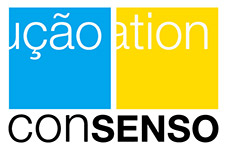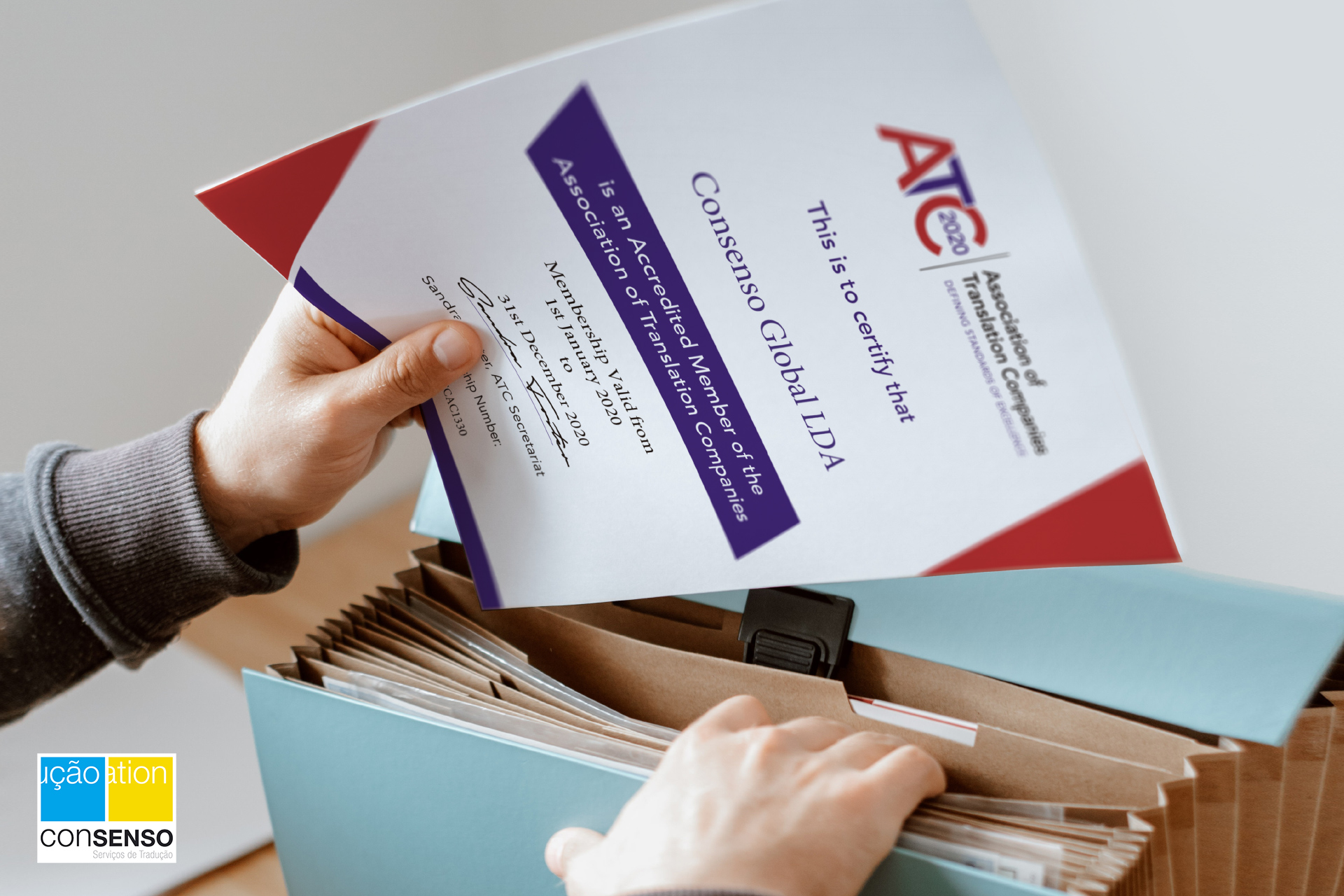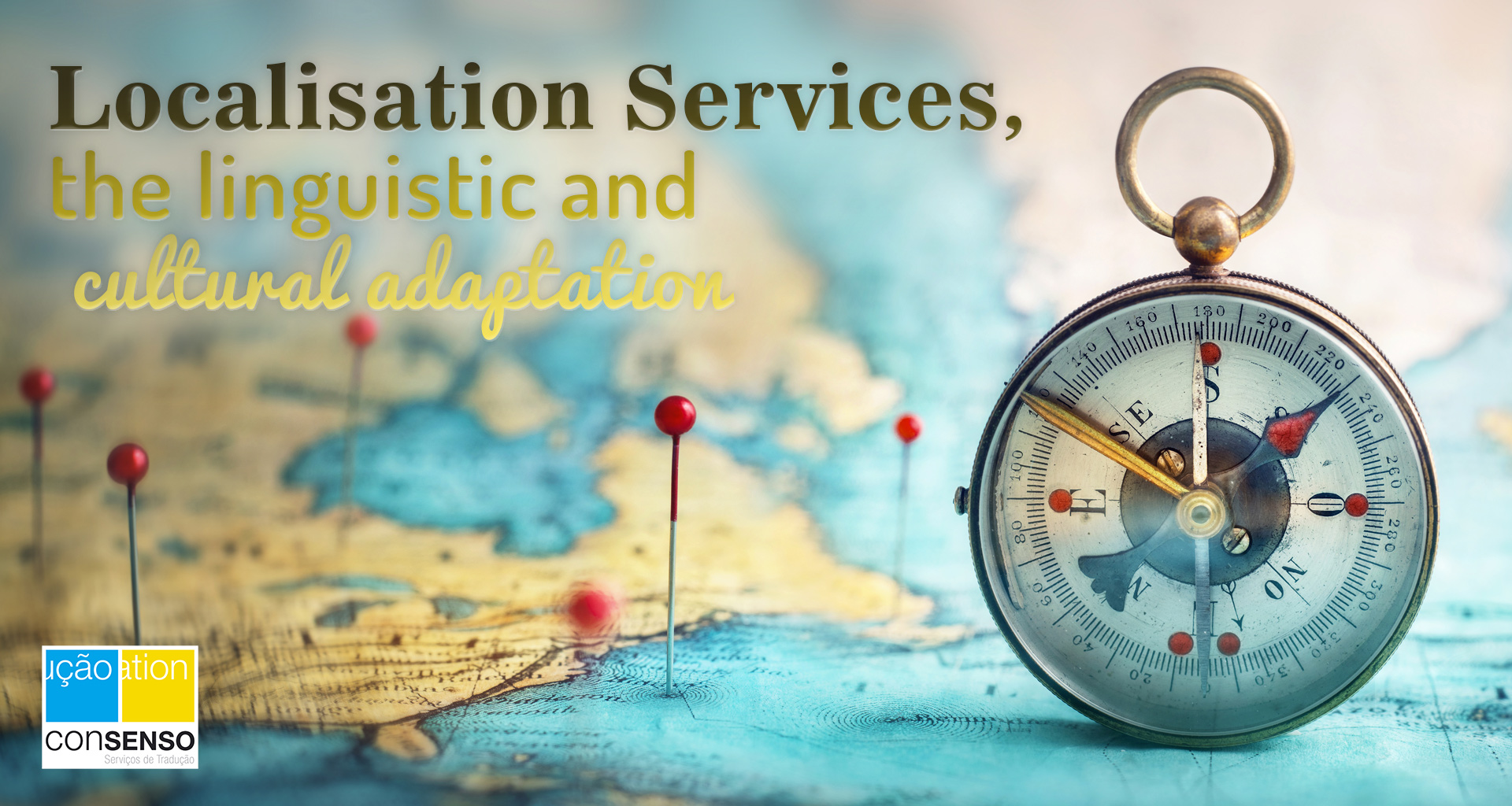Artificial intelligence and translation: a replacement or a complement?

Artificial intelligence (AI) has been a game changer in many industries, and the translation industry is no exception. With tools such as Google Translate and DeepL, a crucial question arises: Will AI replace human translators? Or will it be a complement that improves the efficiency of the translation process? This article examines how AI is revolutionising the sector, its benefits and limitations, and why human translators are still essential for the quality of the results they produce.
Artificial Intelligence in translating: a technological revolution
Machine translation has been around for decades. However, advances in neural networks and deep learning have improved its accuracy and fluency. The neural translation model allows AI to learn linguistic patterns from large amounts of data, producing more natural and less literal translations than previous generations.
However, while AI has improved significantly, it still has limitations, especially with text that requires precision or deep contextual understanding.
Benefits of AI in translation
- Speed and efficiency AI allows long texts to be translated almost instantaneously. This is ideal in environments where speed is of the essence, such as localising digital content or translating urgent communications.
- Accessibility and cost Machine translation tools, often free or low cost, make translation accessible to small businesses or individuals who need to translate basic content.
- Scalability AI makes it possible to manage large volumes of content simultaneously, which is useful for large-scale projects such as website translation or technical documentation.
AI limitations in translation
- Lack of context and cultural nuance AI can produce grammatically correct sentences, but often fails to pick up on subtleties of language, tone or style. This is a particular problem in texts where cultural nuances are of vital importance, such as in marketing or in literature.
- Errors in specialized terminology AI can still make mistakes when it comes to technical, legal or scientific texts. Even a small error can have a significant impact on the quality of documents in areas where accuracy is critical, such as legal contracts or medical documents.
- Dependence on large volumes of data The effectiveness of AI depends on the availability of high-quality source and target language data. This limits its effectiveness in rare languages or niche texts with limited resources.
The essential role of human translation
Despite advances in AI, human translators remain essential in many contexts. Human translation brings sensitivity to cultural nuances, the ability to interpret the meaning behind the words, and the flexibility to adapt the tone and style to suit the target audience.
While AI relies on patterns, human translators can resolve ambiguities and ensure terminological consistency in large and complex documents. In addition, professional translators are able to adapt the message to the cultural context, something that AI is not yet able to do with precision.
AI as a complementary tool for human translators
Collaboration between human translators and AI is the key to the future of translation. AI can act as a tool to facilitate the translator’s work, allowing them to focus on the more complex and creative aspects of the process.
For example, translators can use AI to create a first draft and then revise it to refine accuracy, tone, and clarity. This hybrid approach combines the speed and efficiency of AI with the expert judgment of a human translator. The result is a more efficient process and higher quality products.
Conclusion: a collaborative future
Artificial intelligence and human translators should be seen as allies rather than competitors. AI can handle repetitive, high-volume tasks, while human translators provide the contextual and cultural knowledge needed to ensure quality and accuracy.
Companies that integrate AI technologies into their processes, while still valuing human expertise, will be better positioned to deliver fast, culturally relevant, and high-quality solutions.
The future of translation lies in the collaboration between AI and translators – a model that will enable companies to meet the growing demands of the global market in an efficient and professional manner.



